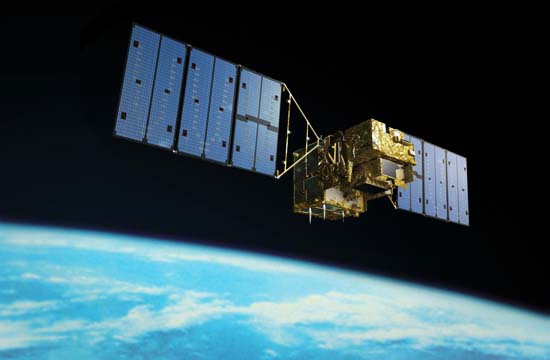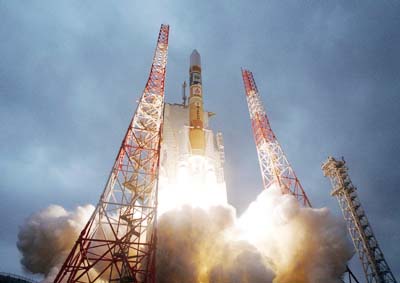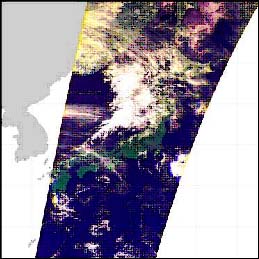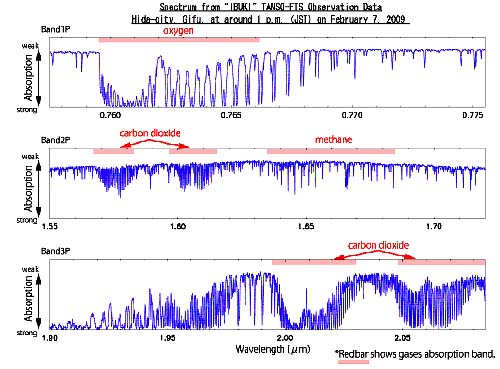Watching the Earth Breathe From Space
~ Successful Launch of IBUKI (GOSAT) ~
Takashi Hamazaki GOSAT Project Manager,
Japan Aerospace Exploration Agency (JAXA)

The Greenhouse Gases Observing Satellite “IBUKI” (GOSAT) was launched successfully by the Japanese H-IIA Launch Vehicle, Flight No. 15 (H-IIA F15), at 12:54 p.m. on January 23, 2009 (Japan Standard Time, JST).

IBUKI being launched by H-IIA (Jan. 23, 2009) (c)JAXA
IBUKI is a collaborative project among JAXA, the National Institute for Environmental Studies (NIES), and the Ministry of the Environment (MOE) to observe the distribution of global greenhouse gases (carbon dioxide and methane) from space. IBUKI is the world's first satellite dedicated to measuring greenhouse gases. IBUKI means “breath” in Japanese. The data acquired by IBUKI will be utilized to understand the current status of greenhouse gases and to contribute to a better future for all mankind.

IBUKI in orbit (artist's impression) (c) JAXA
IBUKI has two on-board sensors: a Thermal and Near infrared Sensor for carbon Observation-Fourier Transform Spectrometer (TANSO-FTS); and a TANSO Cloud and Aerosol Imager (TANSO-CAI). The “First Light” of the sensors was acquired successfully on February 7, 2009 and the sensors were confirmed to be operating as designed. Absorption lines of CO2, CH4 and H2O were clearly identified.

First Light of TANSO-FTS (over Hida City, Gifu Prefecture, Japan, on Feb. 7, 2009 (JST)) (c) JAXA
IBUKI is currently in the initial functional check phase. Nine months after its launch, IBUKI Level 1 data (spectrum) will be released to scientists worldwide. And twelve months after launch, IBUKI Level 2 data (on the densities of CO2 and CH4) will be released. I hope that data from IBUKI will be utilized by scientists in the Asia-Pacific region in their global warming studies.